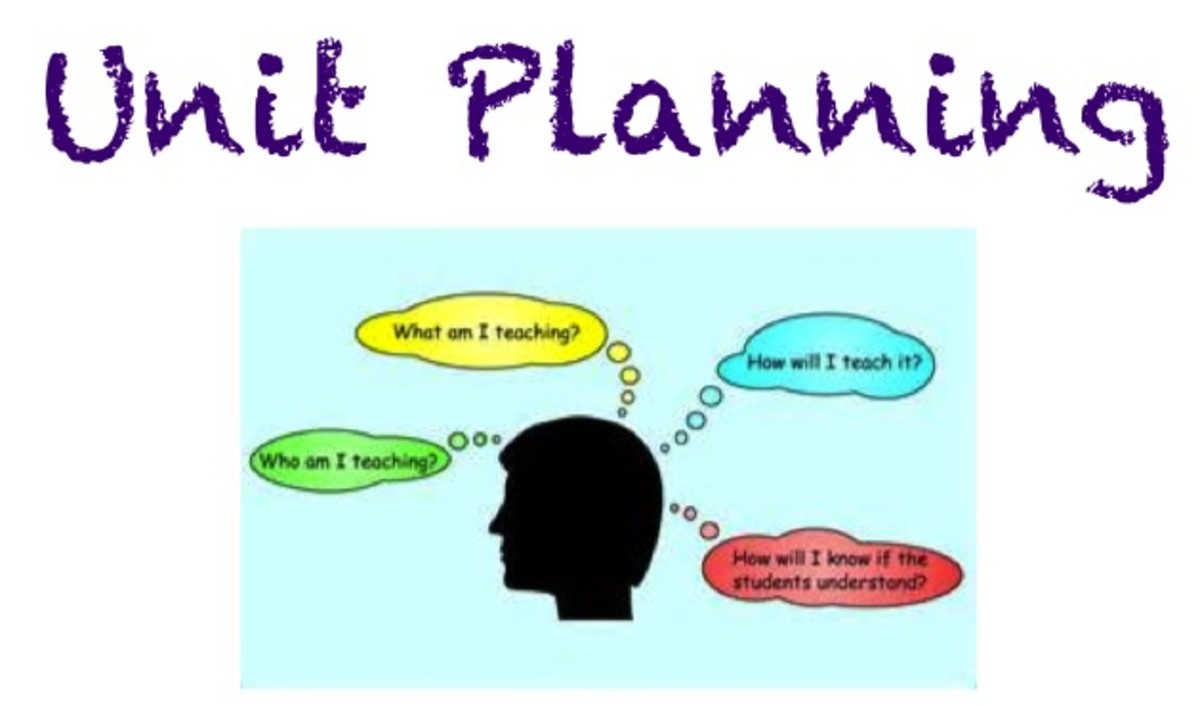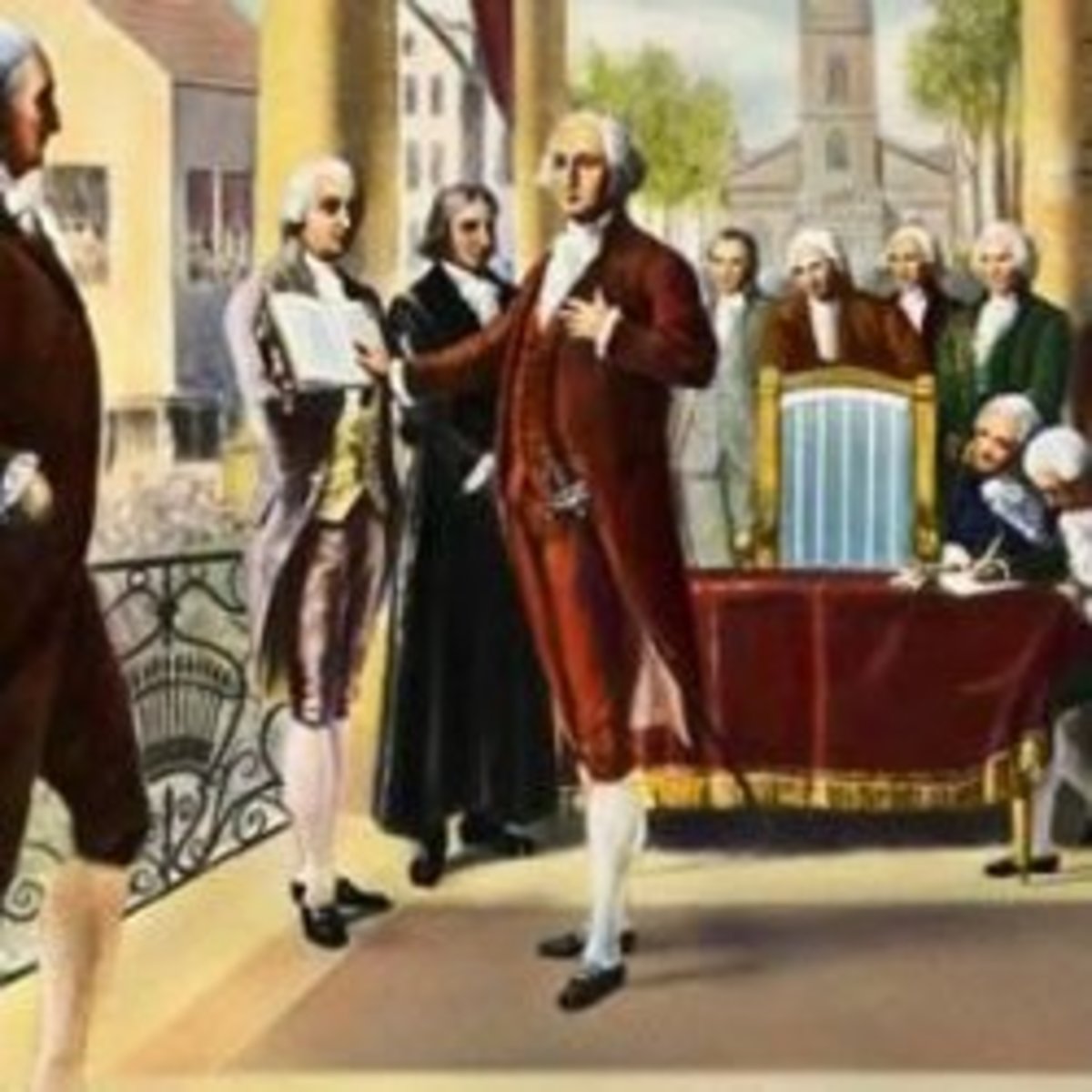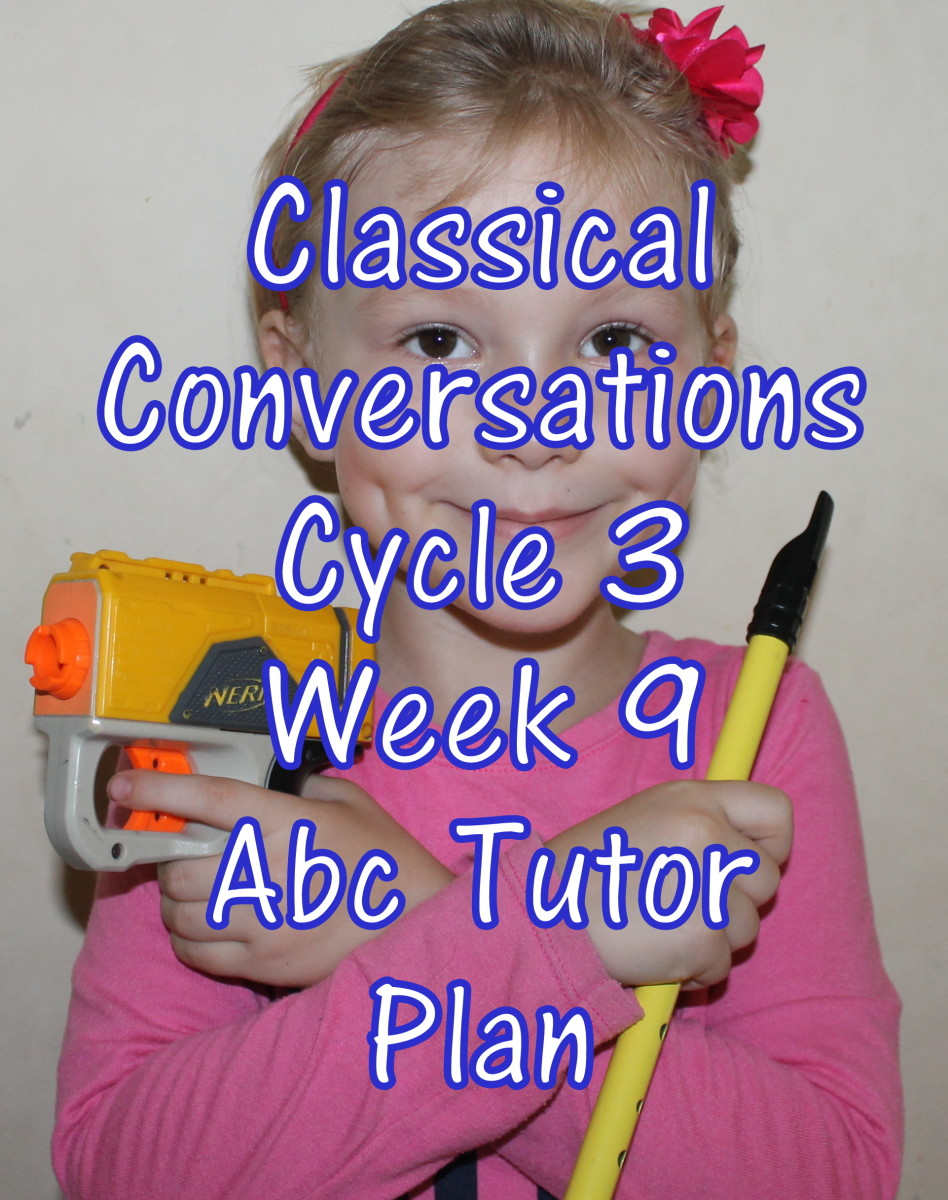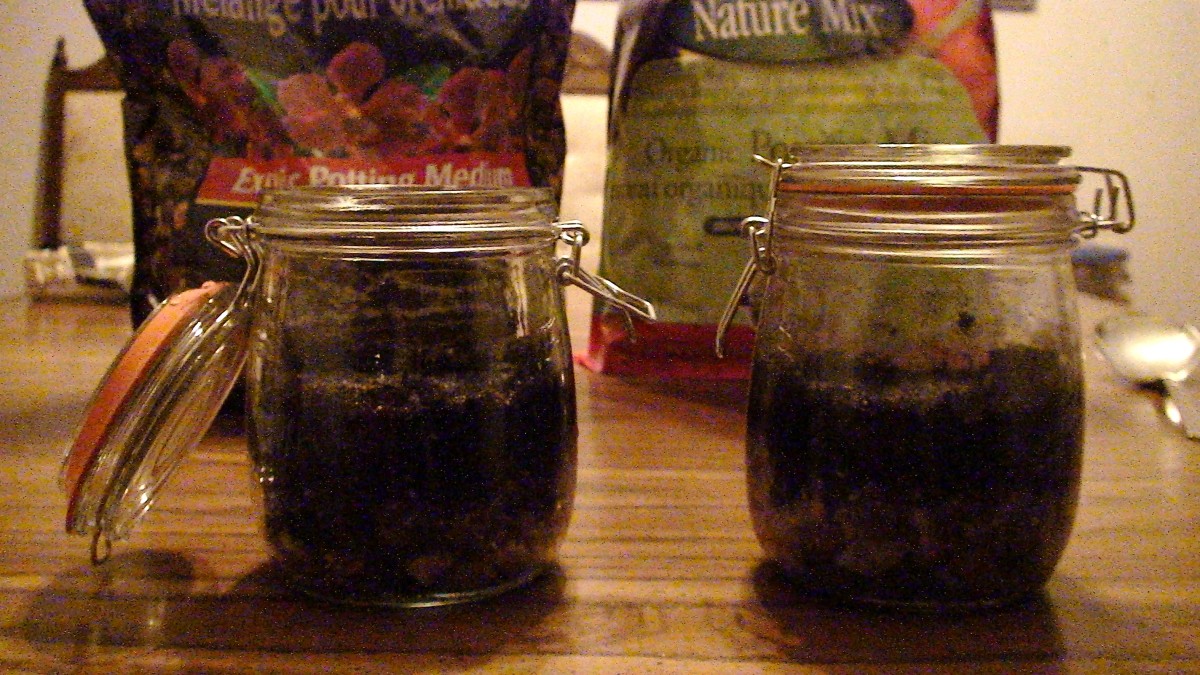EFL/ESL lesson plans: Writing an article
Summary
Level: Intermediate and above (B1-B2)
Time: 90minutes
Vocabulary: global issues
Functional language: reporting and sharing news, expressing different reactions
The aim of this lesson is to help students with their written and spoken fluency on global issues.
Part 1 of the lesson is comprised of a speaking session, where students get to practise their 'story-telling skills' and use the appropriate reactions.
In the second part of the lesson, students write a short news item and present it to the class.
Step 1
Introduce the topic of the lesson by asking students the following questions:
Do you read or watch the news?
What was the last news story you read?
Hold a brief class discussion on those questions.
Step 2
Divide the board in two sections: Bad News & Good news
Put students in pairs and ask them to think of any subjects/topics we hear/read about on the news, negative and positive.
Possible answers:
Bad news: corruption, natural disasters, murder, terrorism, global warming, financial crisis, kidnapping, traffic accidents
Good news: medical inventions, global celebrations, royal weddings, foiled robberies
Step 3
Share a news story with your students and try to get some sort of reactions from them, even if it's just the usual 'Wow' or 'Really?'
Write these reactions on the board and elicit more.
Examples:
Unbelievable!
No way!
How is that even possible?
That's shocking.
What a tragedy!
Give students a few minutes to think about a story that they've read about in the news which they would like to share. Get them to recount their stories in pairs and encourage them to use the reactions on the board.

Step 4
This will be the most challenging part of the lesson. Pair students up and tell them that they're going to be journalists for the rest of the lesson.
Elicit the word 'headline.' You might want to ask them the following questions:
What is the first thing that you read when you open the newspaper?
What do you call the 'title' of an article?
What do you find on the front page of newspapers?
Students work in their pairs and think of an effective headline for an article that they're about to write. Give them at least 15 minutes to write the article.
Encourage them to share the articles with the class. While listening to their stories, make a note of some common mistakes with sentence structures, wrong tense and pronunciation problems. Conclude with a correction session.








